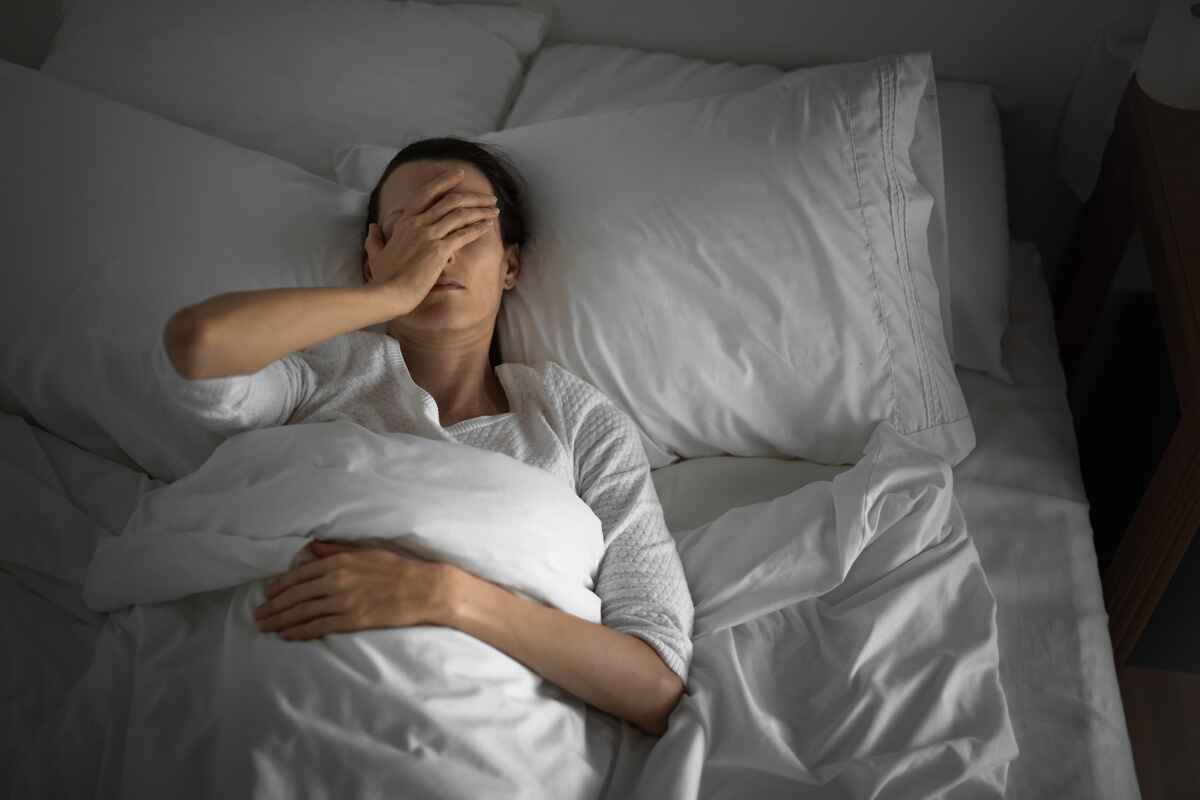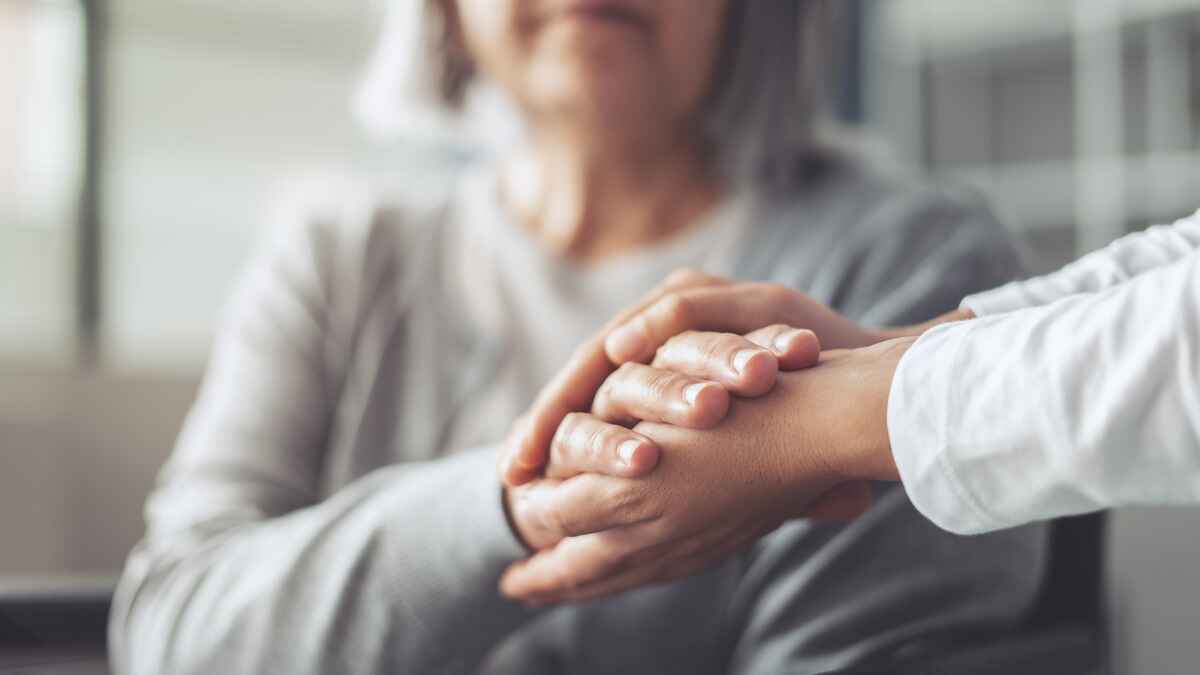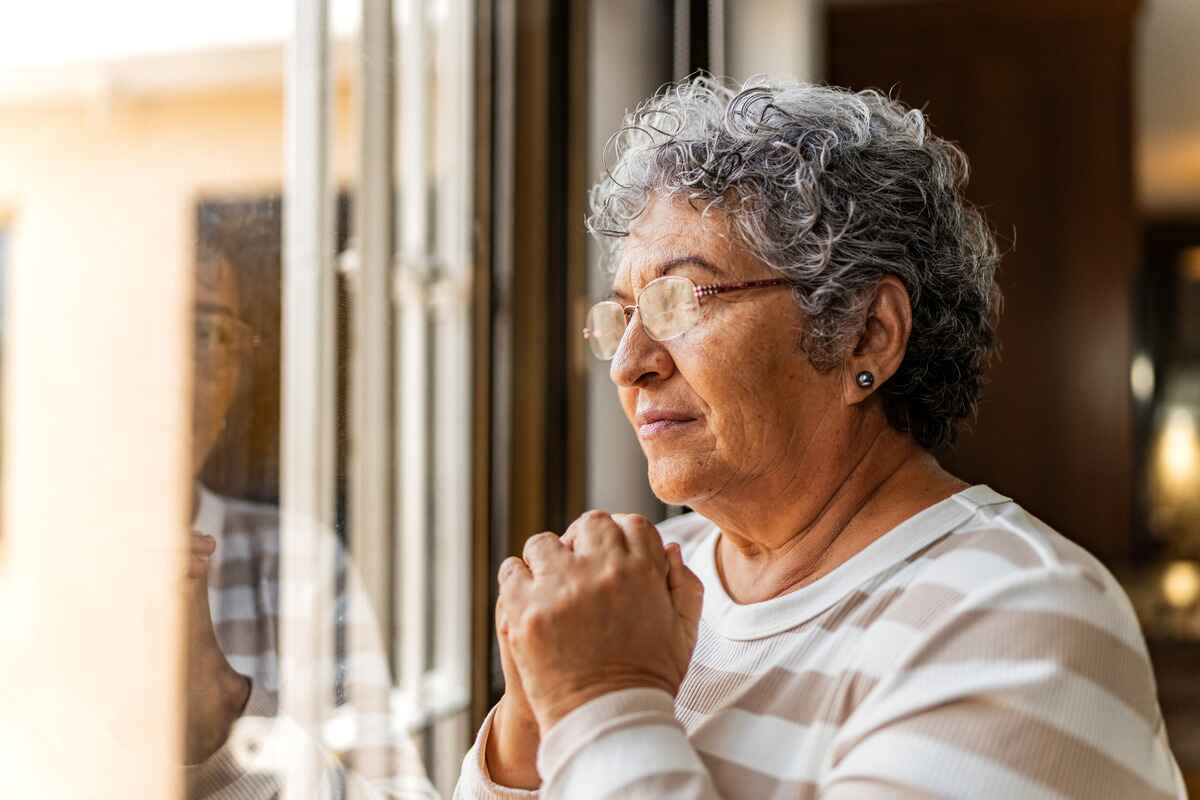
Paulette Schmidt, a YNHH patient who underwent the Acessa® laparoscopic radiofrequency ablation procedure, preparing for more triathlons on her bicycle.
A procedure that has long been used in the treatment of certain cancers may be worth a closer look for some women suffering from uterine fibroids. For Paulette Schmidt, the Acessa® Laparoscopic Radiofrequency Ablation (Lap-RFA) procedure offered at Bridgeport Hospital was life-changing.
For nearly 15 years, Schmidt, a Newtown resident and mother-of-two, had the physical stamina and endurance to compete in triathlons – running, biking and swimming – but she never expected to one day be sidelined by a uterine fibroid, a typically benign tumor that grows in the uterus.
“For about three years, I was having heavier periods and a lot of clotting,” Schmidt recalled. “It got very bad where I had to go in for blood transfusions because my hemoglobin and hematocrit were so low, and I just felt awful. I’m a physical therapist and my job is very taxing, so it was getting really hard to even do my job.”
Schmidt said she went to see a doctor who had recommended that she have a partial hysterectomy. “I was only 47 years old, so I really wasn’t ready to do that,” she said. Instead, she decided to research her options after an ultrasound confirmed that she had a 5-centimeter fibroid growing in her uterus; it was responsible for her extreme bleeding, low iron levels and pain.
She’s not alone. Approximately 80 percent of women in the United States are affected by uterine fibroids. Of those, about one in three women with fibroids report symptoms that affect their daily life. Without treatment, uterine fibroids can cause heavy menstrual periods, anemia, pelvic pain, reproductive problems, constipation and urinary incontinence.
Another tool in the toolbox
While doing her research, Schmidt came across the Acessa Lap-RFA procedure and Mary Murray, MD, an affiliated Yale Medicine physician specializing in obstetrics and gynecology. She was the first to perform the procedure on uterine fibroids in Connecticut at Bridgeport Hospital in December 2021.
“Radiofrequency ablation is another tool in our toolbox,” Dr. Murray said. “In this day and age, many women are saying, ‘Hey, I don’t want to have a major surgery, I’d rather have a minimally invasive surgery. I don’t feel like my uterus needs to be taken out, but if I can get some relief from this and go home the very same day, that’s a better option.’”
Farinaz Seifi, MD, director of the gynecology division at Bridgeport Hospital, and assistant professor, Obstetrics, Gynecology and Reproductive Services at Yale School of Medicine, said there has been an uptick in the number of women asking about the Acessa procedure – a procedure she also performs.
“In addition to symptom resolution, women experience less blood loss and less pain and are able to go to back to work in three days,” said Dr. Seifi whose subspecialty is in minimally invasive gynecologic surgery. “For some women, that’s a game-changer.
“In addition to the Acessa procedure, Bridgeport Hospital offers a wide range of minimally invasive surgeries with multidisciplinary approaches,” Dr. Seifi added.
How does Acessa differ?
“Acessa is a technology that we have used for many years, but in the oncology world,” Dr. Murray explained. Acessa is an outpatient procedure that destroys fibroid tissue using a thin radiofrequency needle. During the procedure, which is performed under anesthesia, Acessa can thermally “dehydrate” uterine fibroids. The technology changes the consistency of the fibroid from a baseball to a marshmallow.
Dr. Murray said when patients recover from surgery, they don’t have any of the pressure or symptoms that they had before. “Women who complain of urinary frequency or pressure from a fibroid are very satisfied with the result,” she said. “A version of the fibroid is still there, but the symptoms are gone.”
“I wish I would have researched it earlier and done something about it sooner,” said Schmidt, who underwent the procedure last spring and then began training for a triathlon that fall. “I feel so much better now.”
For appointments, call 1-877-YALEMDS (925-3637).
*YNHHS uses the terms "female" and "male" to reflect biological status typically assigned at birth, and "women" and "men" when referring to gender. Gender identification may differ from birth sex.




